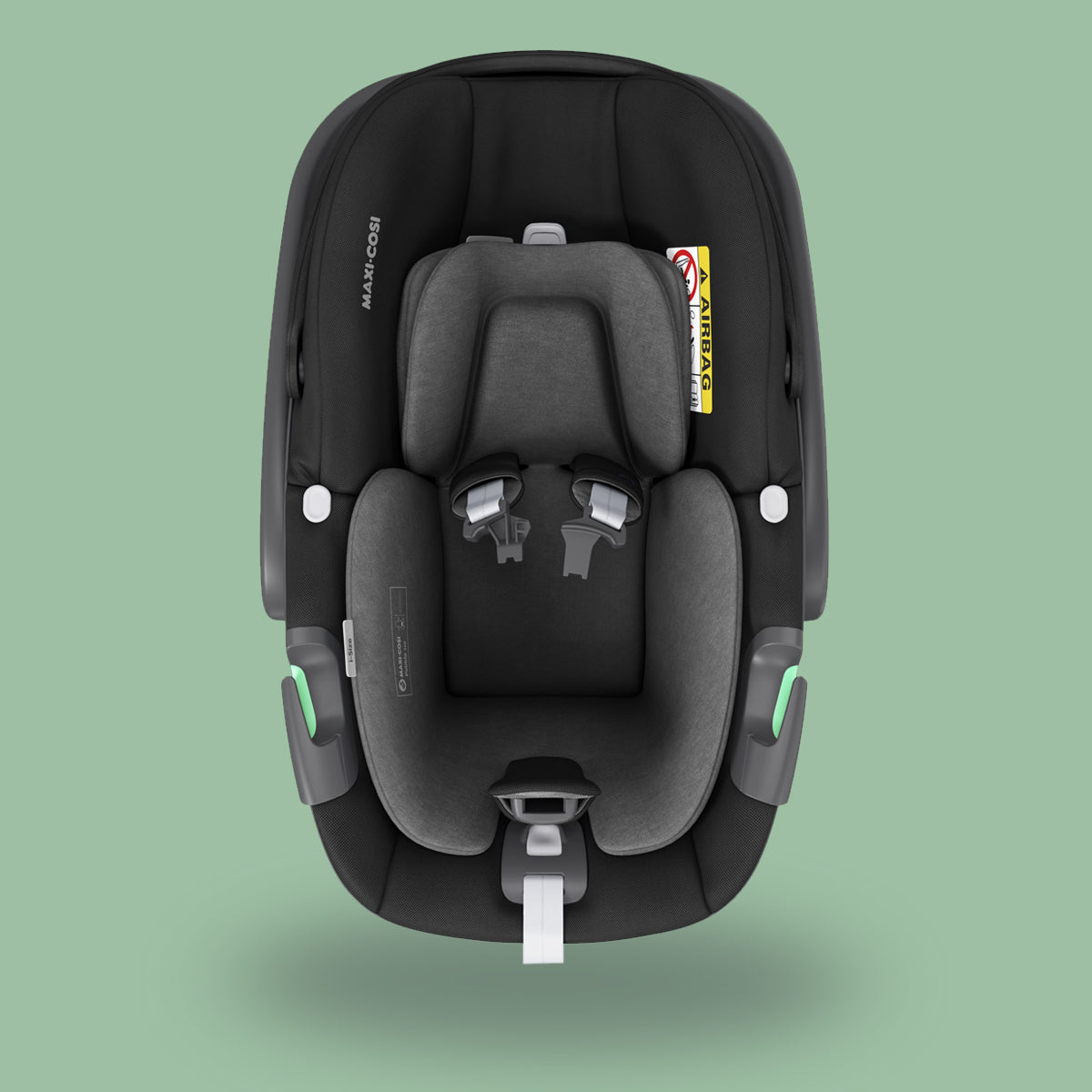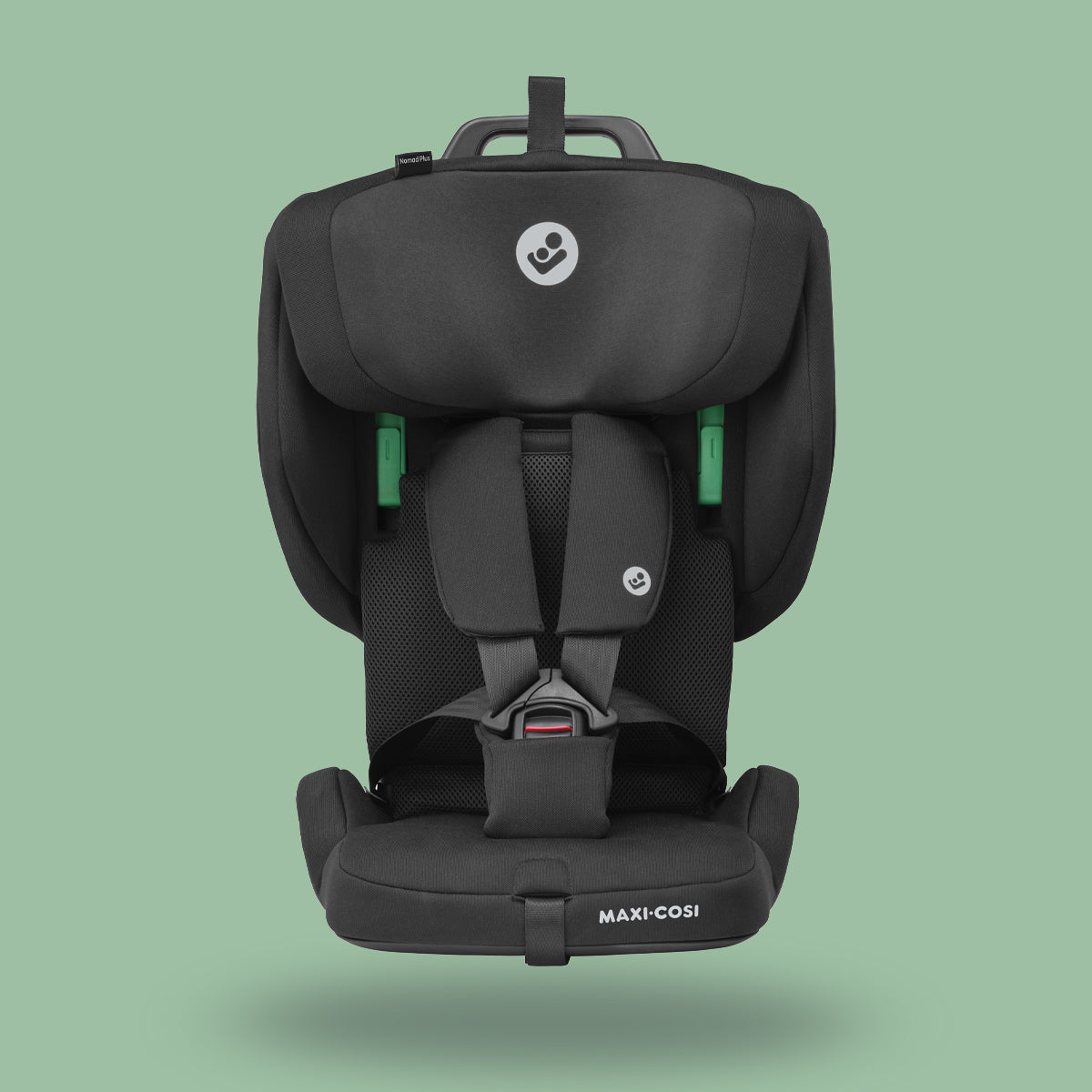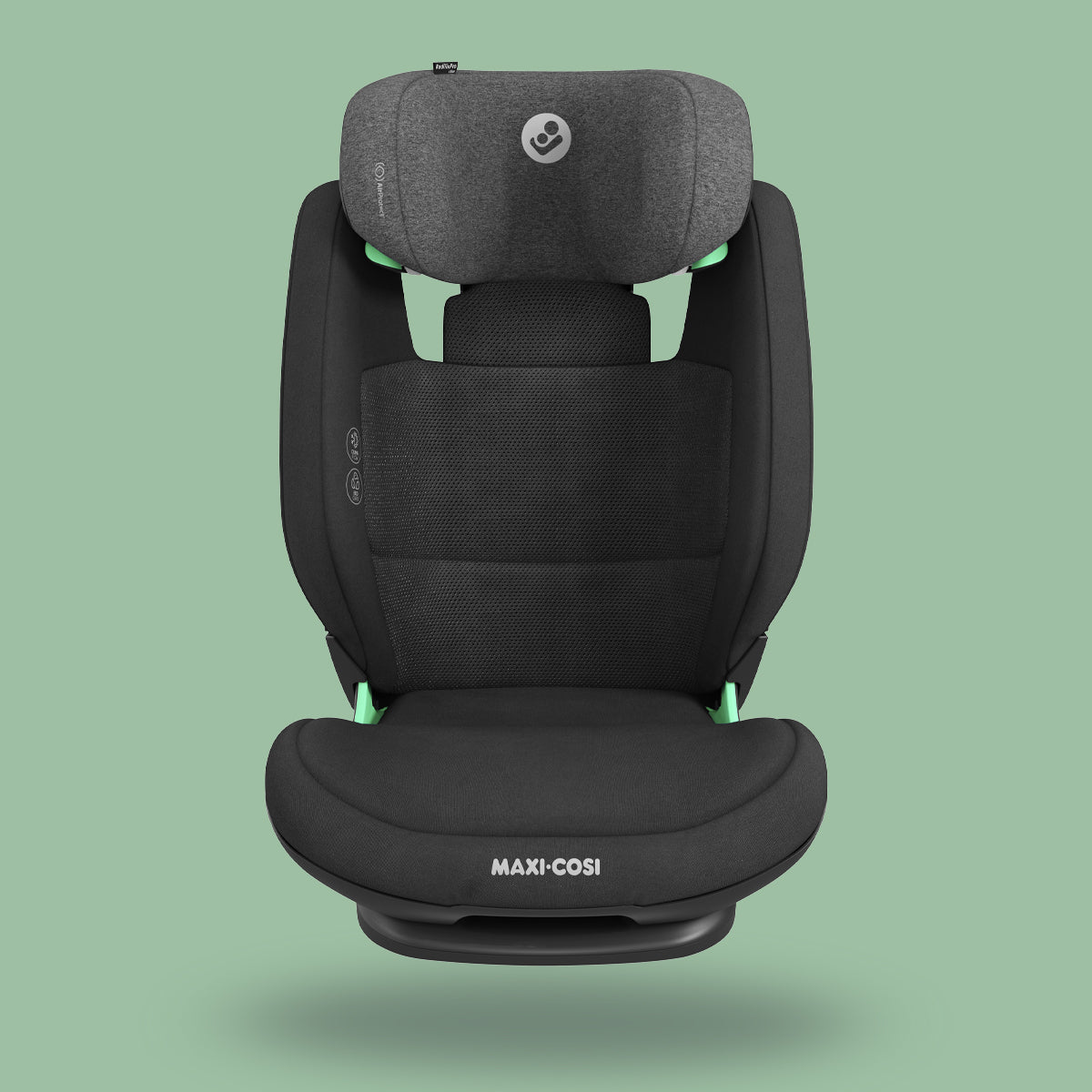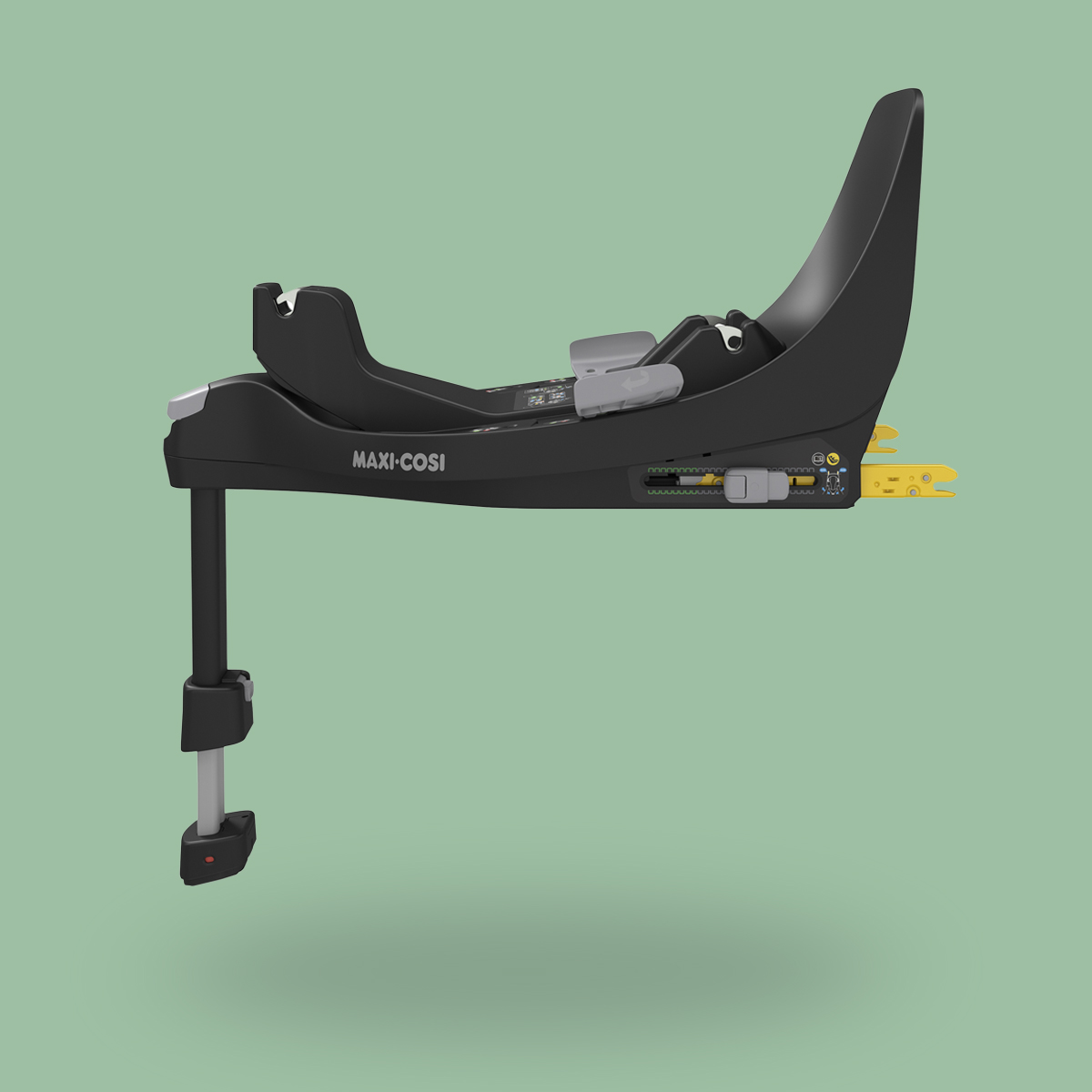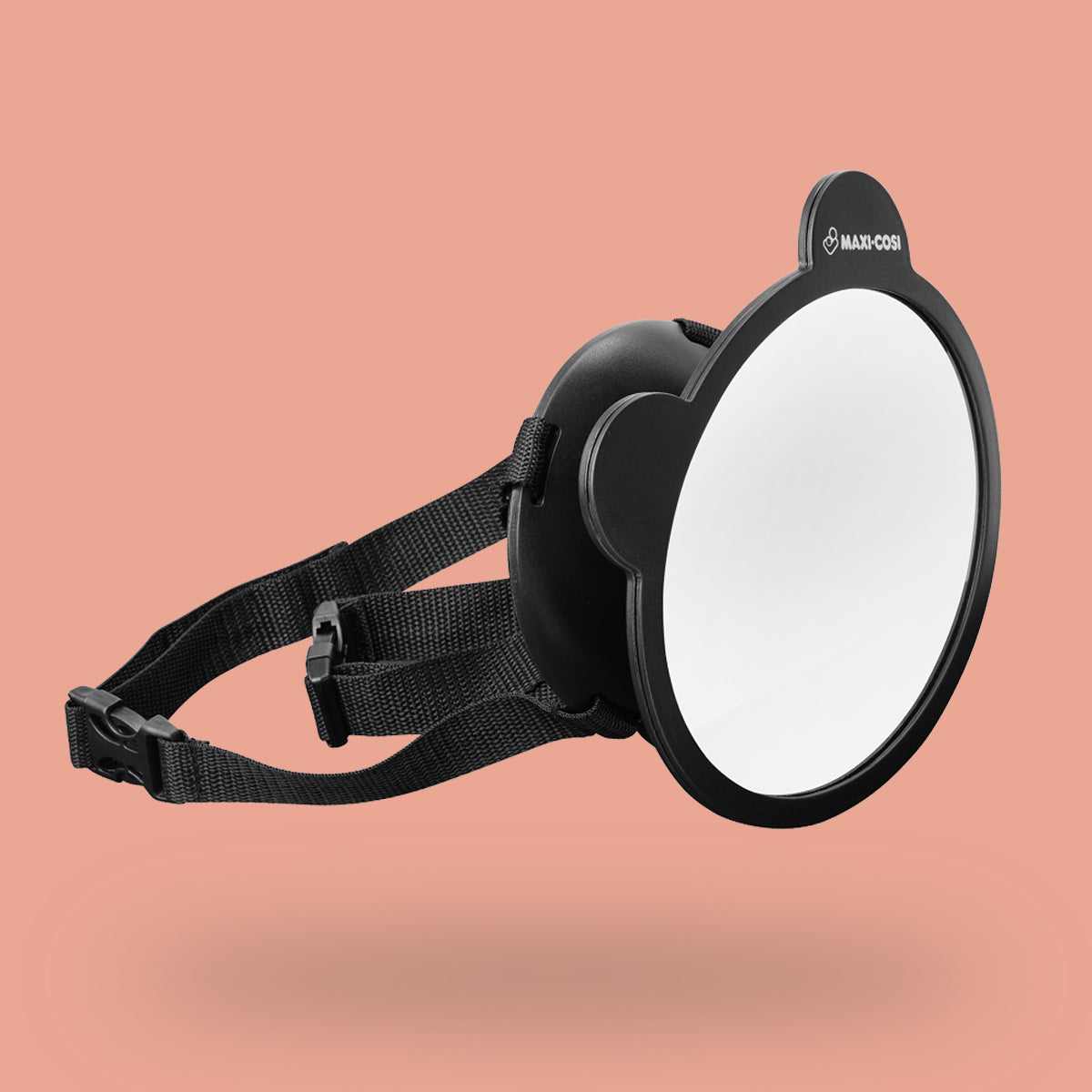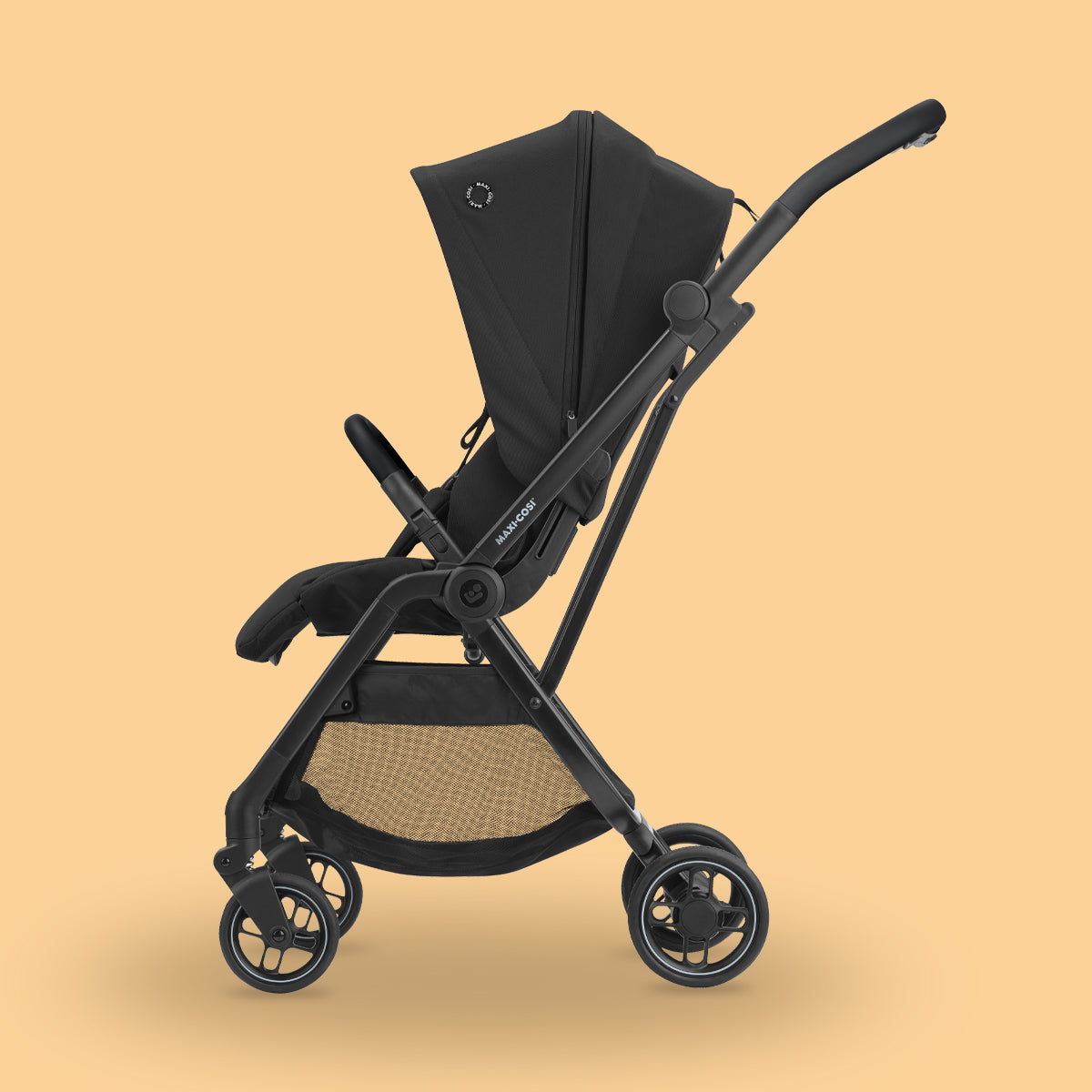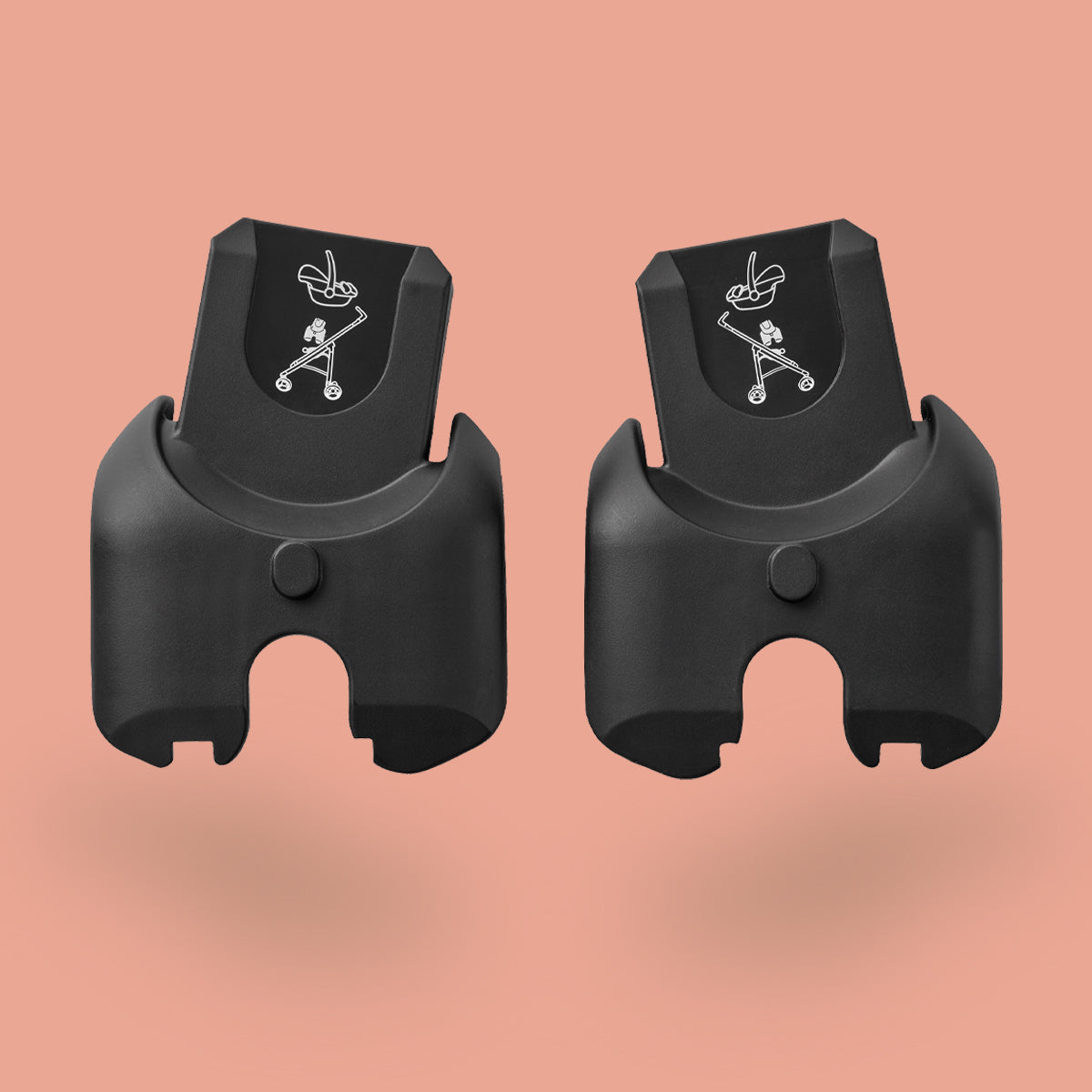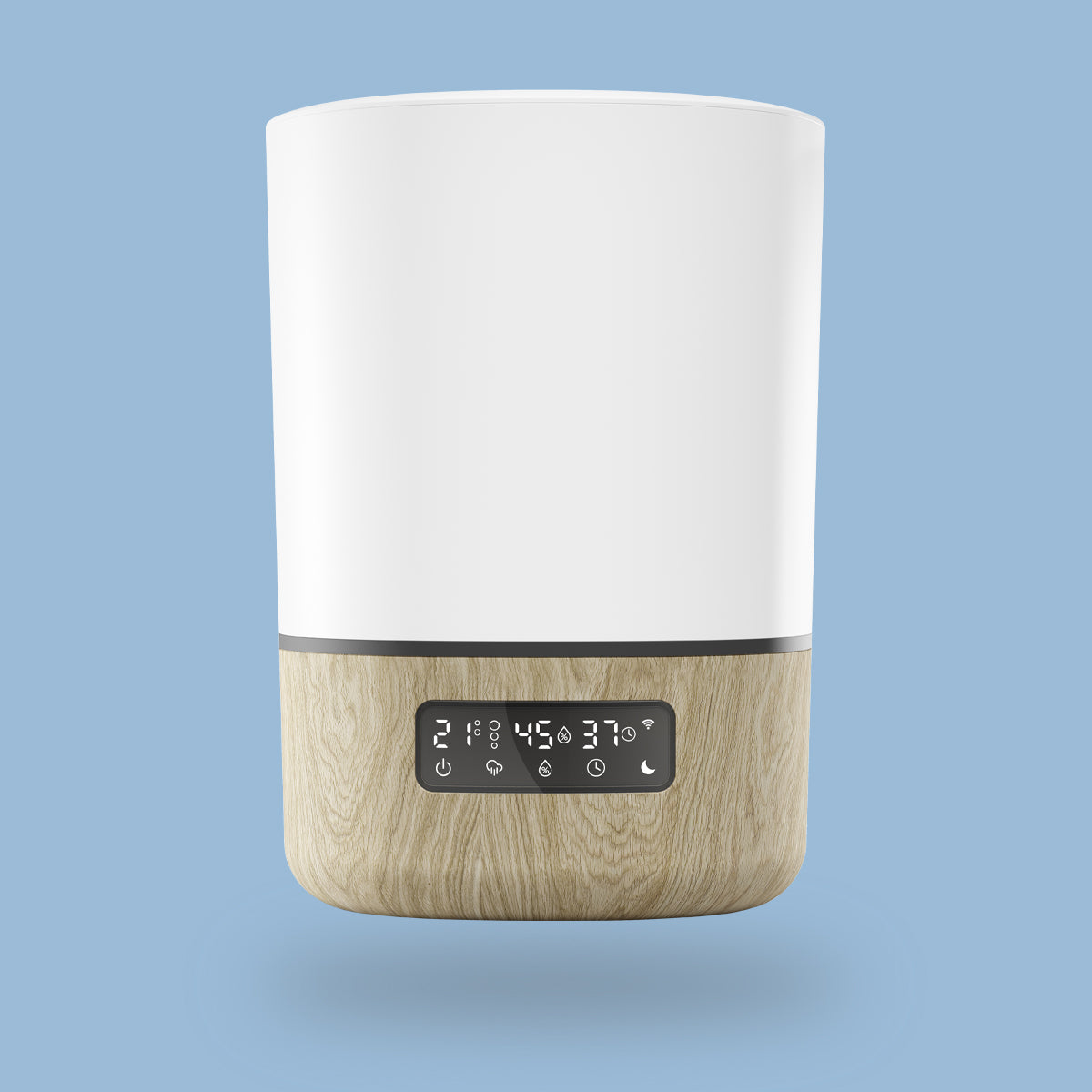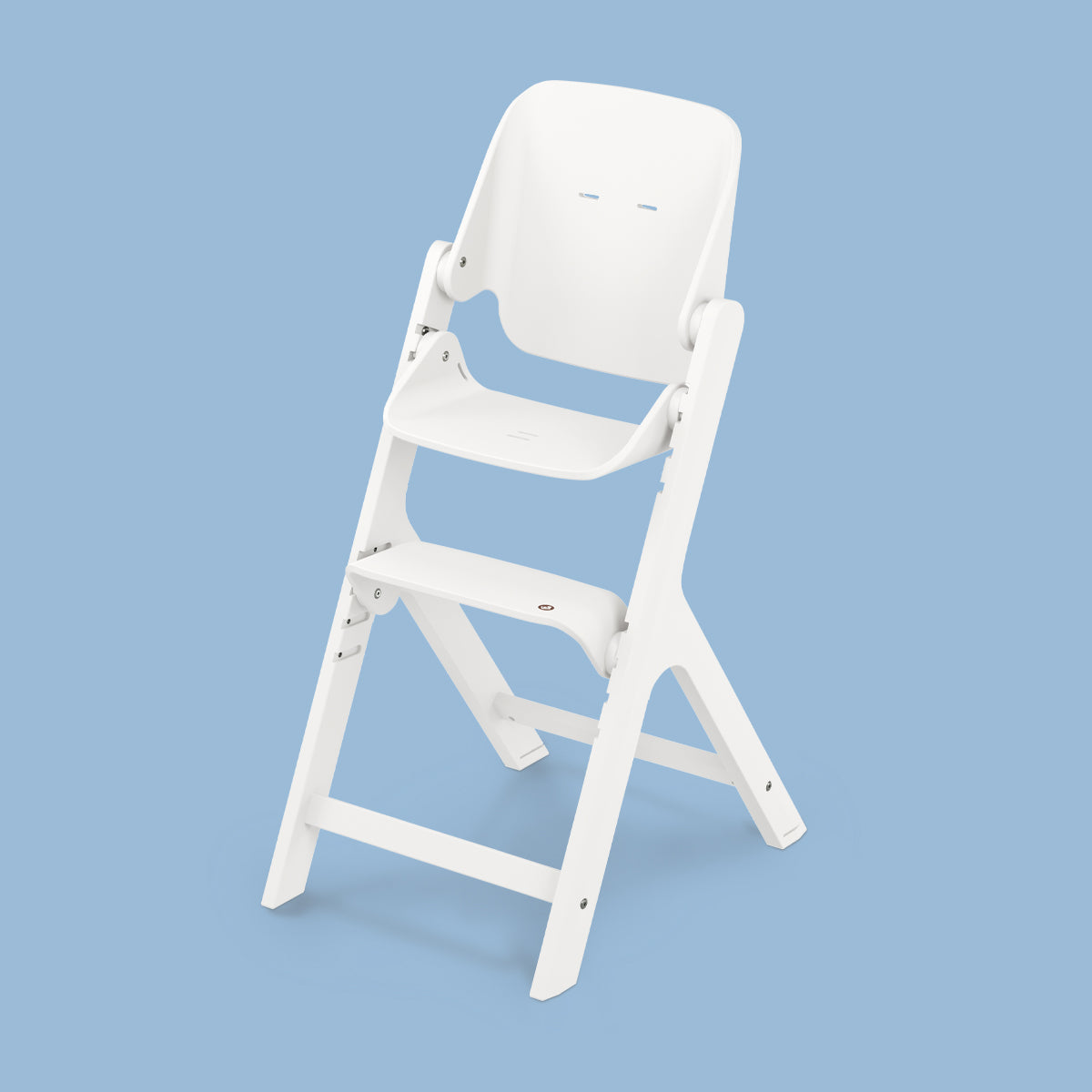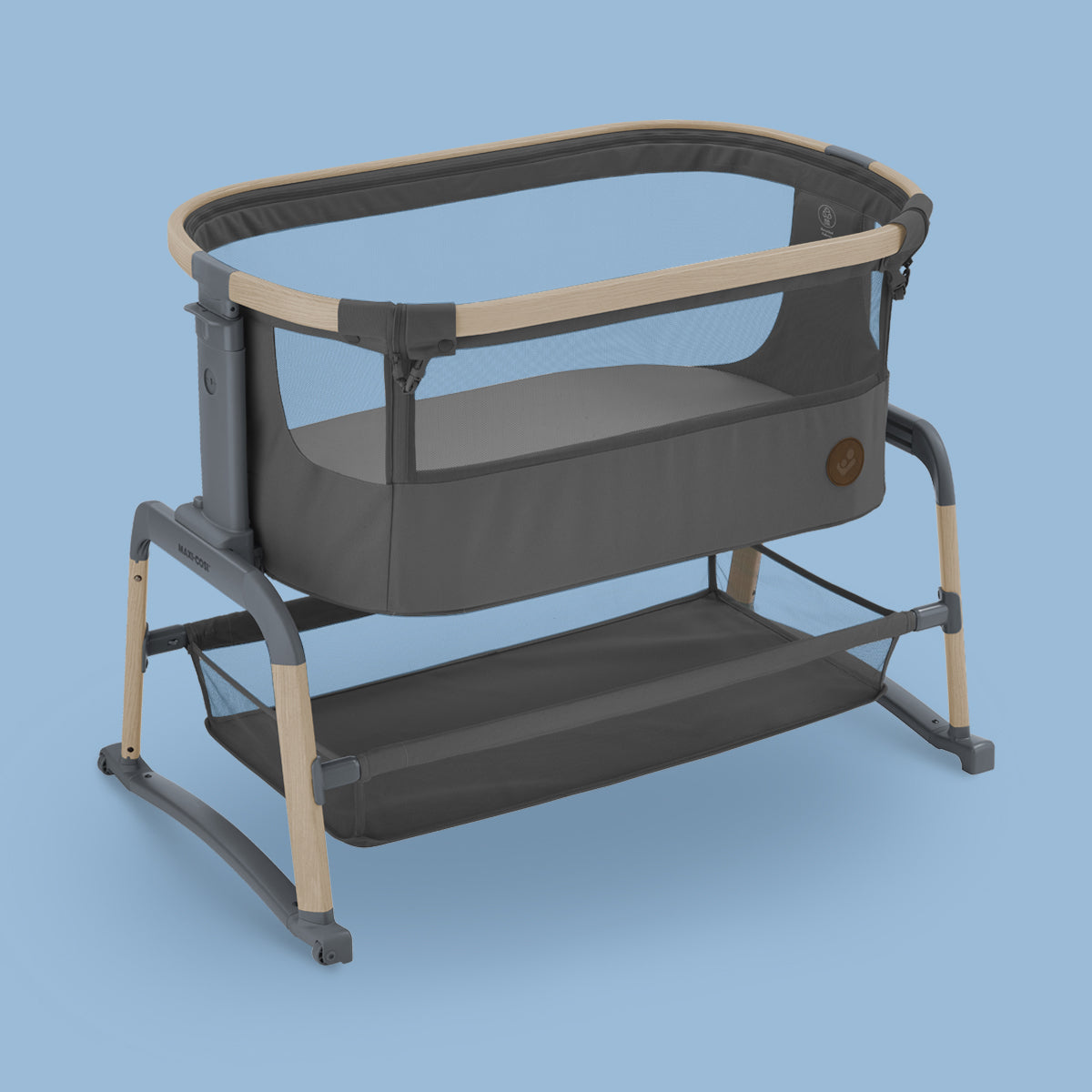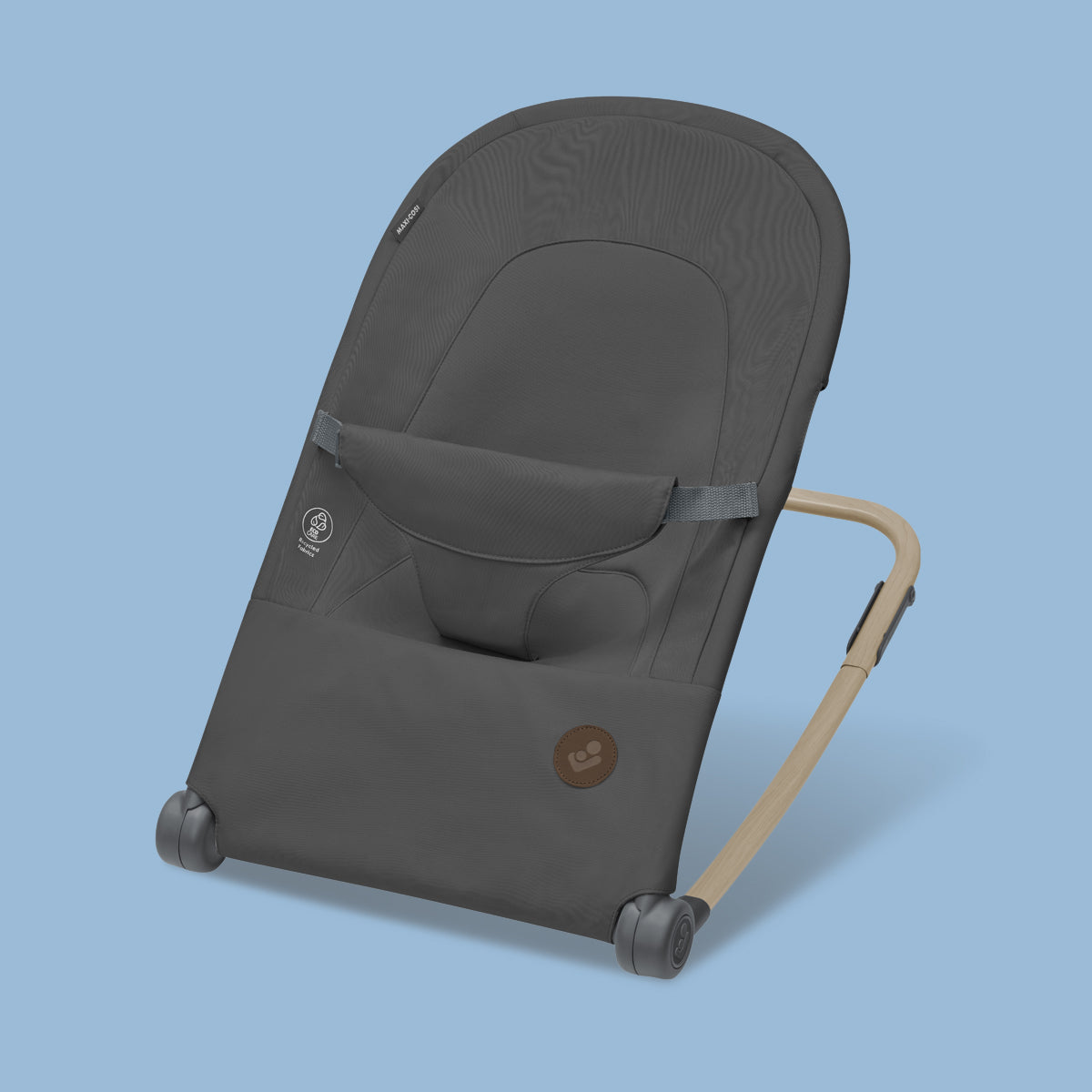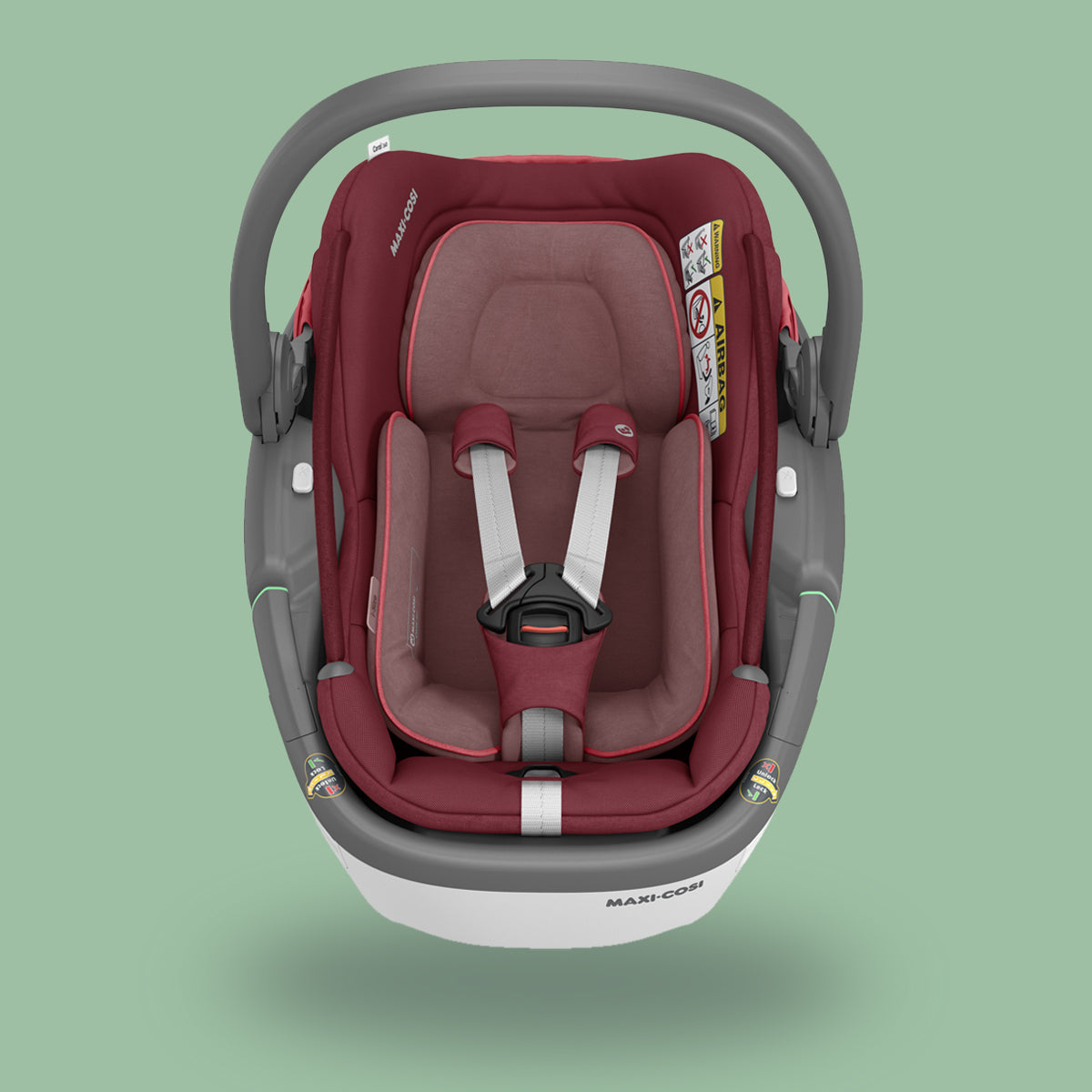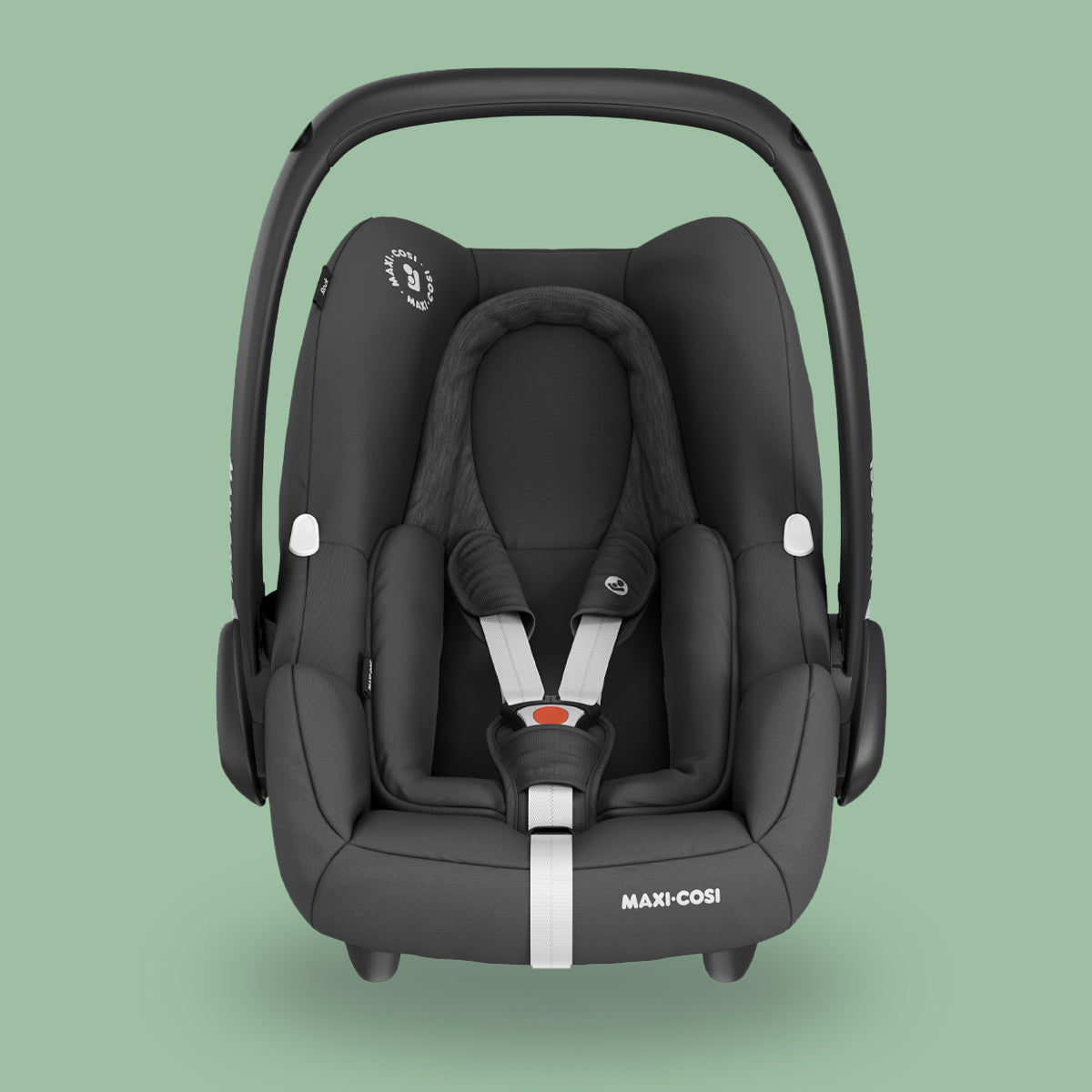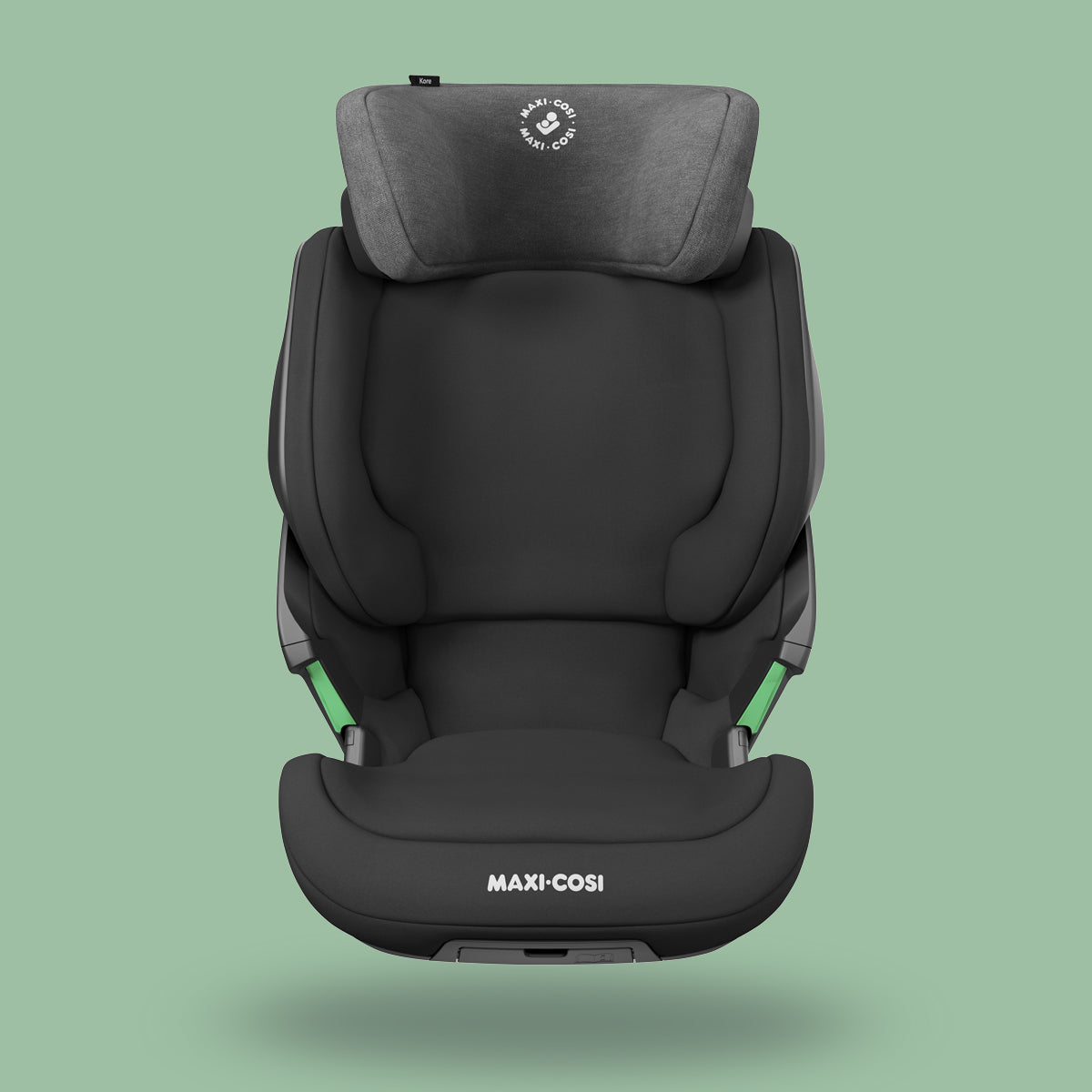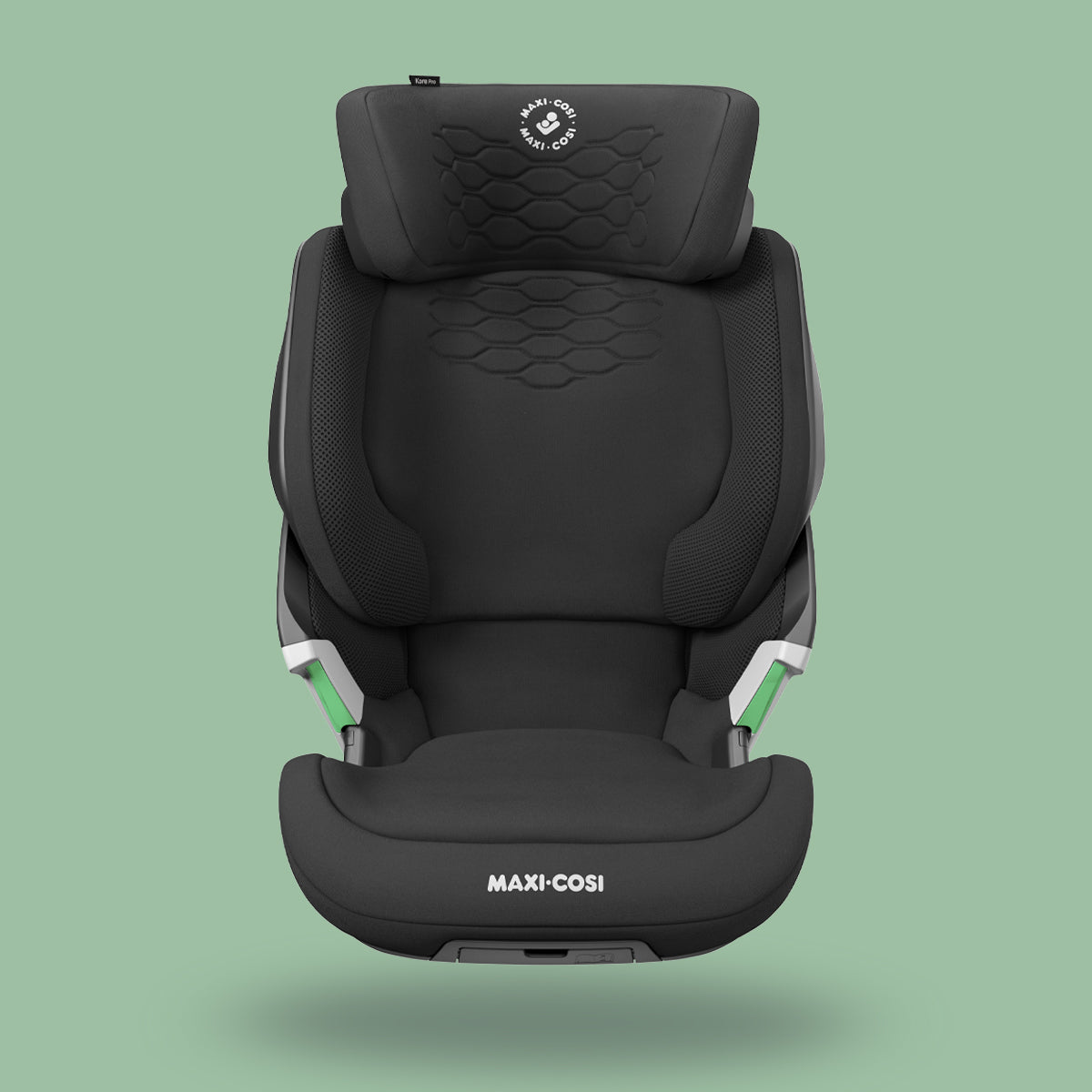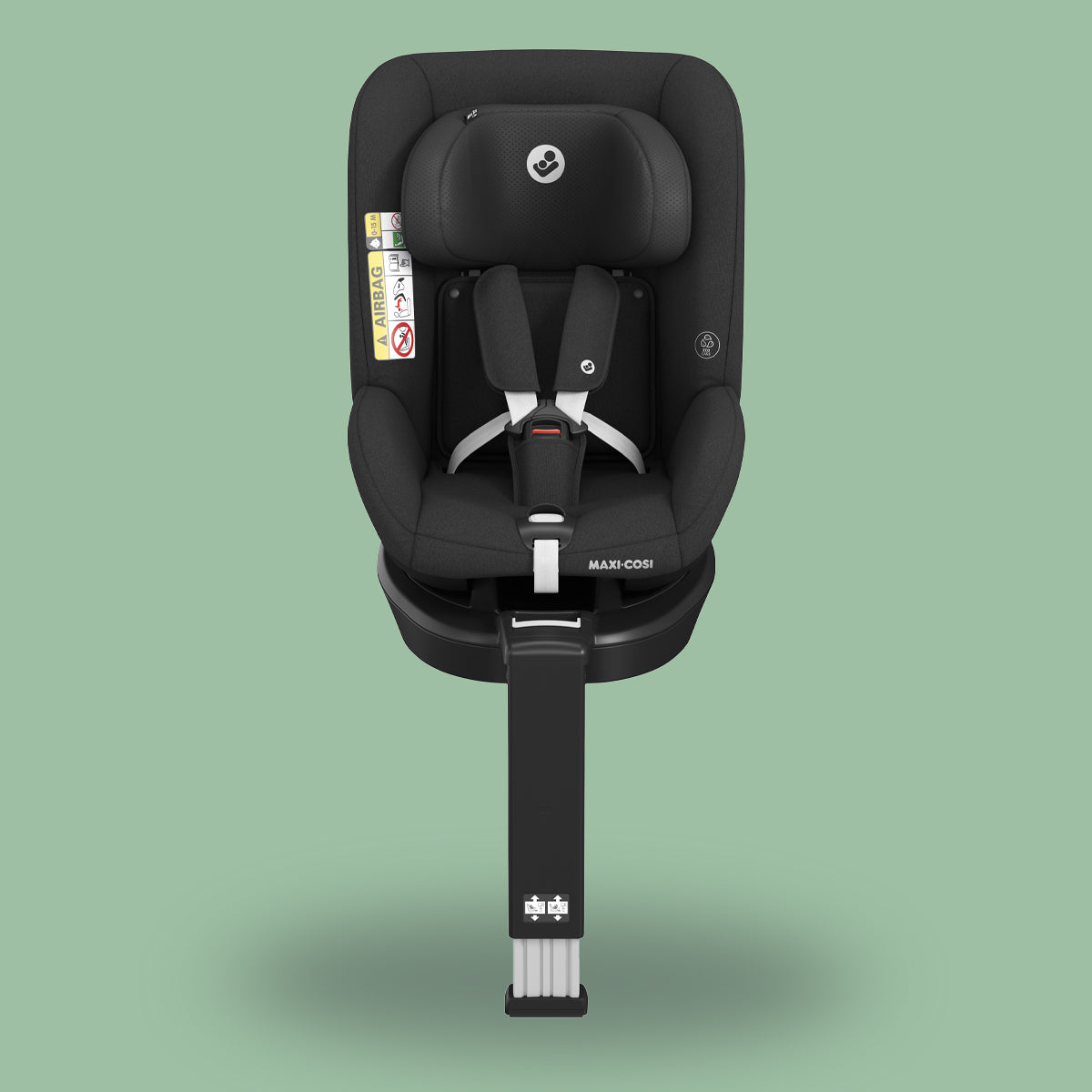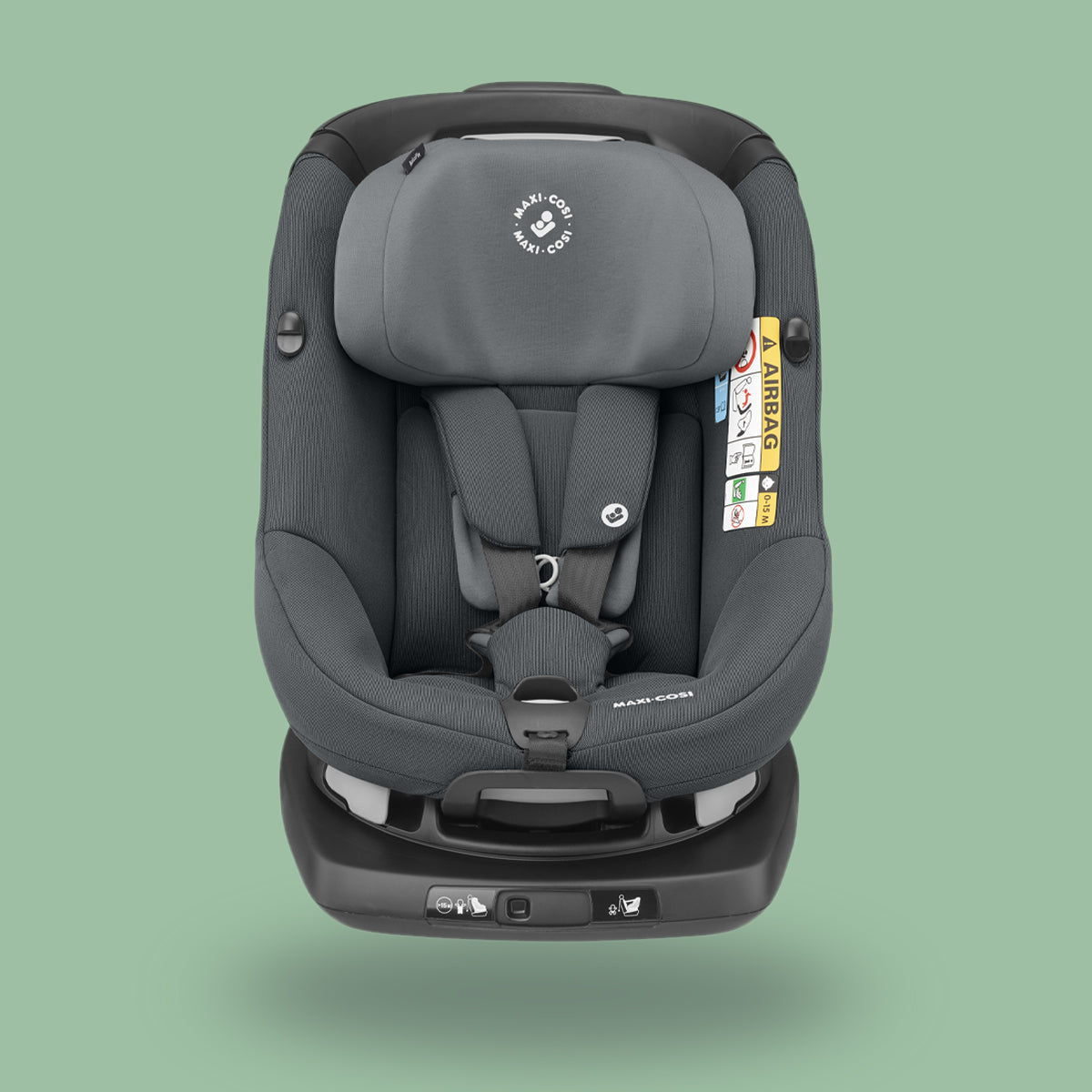Your cart is empty
Looks like you haven't added anything to your cart yet
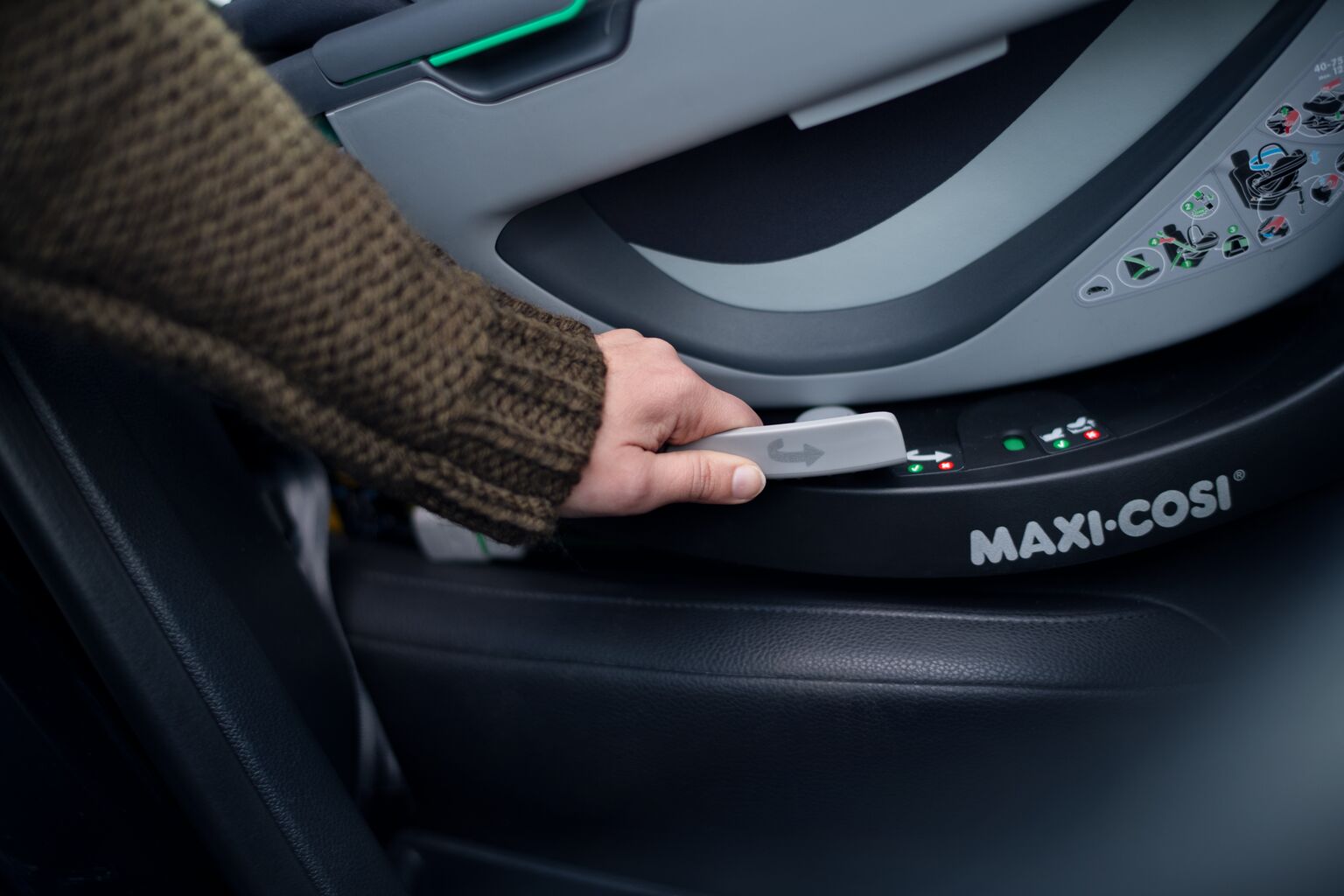
How to Choose The Best Child Car Seat?
What is the Best Car Seat for My Child?
The best car seat is one that fits your child, fits your car(s) and is easy to install and to use. Here are some useful tips and recommendations to help you decide.
Height and Weight More Important Than Age.
There are two different regulations in car seats: i-Size (or UN R129) and ECE R44/04 car seats. i-Size uses the length of children to classify car seats, while ECE R44/04 uses weight to divide car seats into groups.
i-Size (UN R129) Regulation.
i-Size, or also known as UN R129, is a new EU safety standard and increases the safety level for children in cars. It provides extra protection in several ways, most notably by providing rearward facing travel for children up to 15 months.
i-Size uses the child’s length to determine the fit in a car seat rather than weight or age. Parents seem to know the length of their children better than their weight and there is a lot of variation between the length of children and their age/weight. Length tells best if a child fits a seat well and when a parent should switch to the next car seat.
i-Size car seats, therefore, are always designed to be used for a range of height (for example from 67 cm tall to 105 cm).
ECE R44/04 Regulation.
ECE R44/04 child car seats are divided into groups, based on the weight of the child (see summary).
|
|
Car seat |
Weight |
Age |
|
Baby |
Group 0+ |
birth to 13 kg |
up to 12 months |
|
Toddler |
Group 1 |
9 to 18 kg |
9 months to 3.5 years |
|
Child |
Group 2/3 |
15 to 36 kg |
3.5 years to 12 years |
Never buy a child car seat that is too big, make sure it is appropriate for your child’s height (i-Size) or weight (ECE R44/04 ) from the first day of use. The appropriate category is stated on the orange ECE approval often placed at the bottom of the car seat. Age categories are also often stated, but because one child can be heavier than the other, the age group should be considered primarily an indication.
It is safest to buy a car seat to suit your child’s height or weight as they grow, rather than buy a car seat that covers the whole weight range (using the same car seat from birth to 3.5 years, or longer).
The Car Safety Expert says: “It's not just the age of your child that you have to consider when choosing a child car seat. You also have to consider their height (for i-Size car seats) and weight (for ECER44/04 car seats) and which seat provides the most secure fit in your car; whether your baby or child will be taking long or short journeys and if you will need to transfer your child car seat from one car to another, as well as what’s most convenient for you as a parent. My top tip would be to opt for a seat that fits onto a base. Once it’s in securely, you’re guaranteed peace of mind your little one is safe, and the seat simply clicks in and out with ease, perfect for busy parents".
When is it Time to Switch to the Next Stage Car Seat?
Maxi-Cosi advises waiting as long as possible to switch from a baby to a toddler car seat. Babies are best-protected travelling in a rear-facing direction. This way, the energy of the impact is absorbed and distributed by the seat shell and car seat belts.
Switch from Baby to Toddler Seat.
Your baby has outgrown his baby car seat when the top of his head reaches the top of the seat back. Do not switch to the next stage car seat until this time. Make sure your baby's head is generously protected by the (top of the) seat. Note: it is not a problem if the child's legs extend beyond the edge of the seat.
Switch from Toddler to Child Seat.
From a toddler seat, step up to a group 2/3 child seat if your child’s shoulders are 2 cm above the highest openings for the shoulder straps in the toddler seat when the headrest is set in its highest position. Make sure the headrest of the child car seat is set at the lowest position when switching over.
No More Car Seats.
You no longer legally require a child car seat if your child is 1.35 or 1.50 meters tall (approx. 12 years of age). Children no longer using car seats must use the regular car seat belts at all times.
- Choosing a selection results in a full page refresh.
